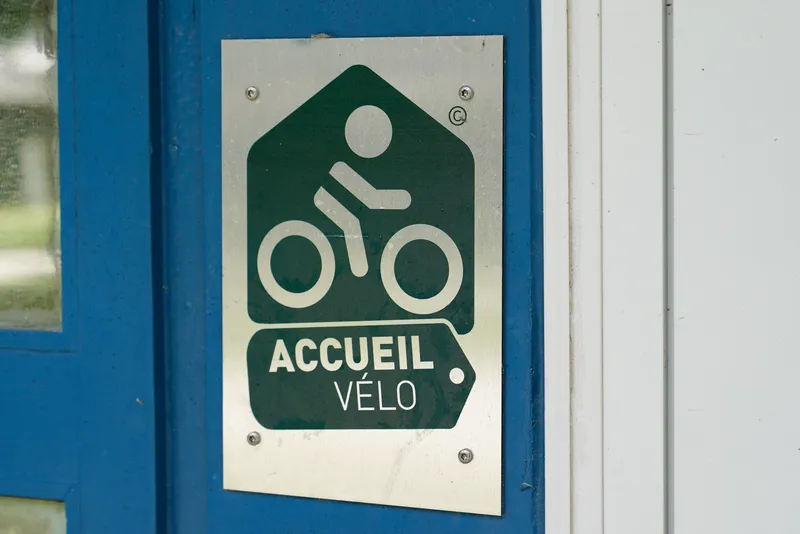The first low level traffic signals specifically designed for cyclists in the UK have been installed in London, following extensive safety trials by Transport for London (TfL) on behalf of the Mayor.
Low level cycle signals have been common place in certain parts of Europe for many years, but have never been approved for use in the UK. During off-street trials, which were carried out in partnership with the Department for Transport (DfT) last year, more than 80 per cent of cyclists favoured the use of lo
January 27, 2014
Read time: 2 mins
The first low level traffic signals specifically designed for cyclists in the UK have been installed in London, following extensive safety trials by 1466 Transport for London (TfL) on behalf of the Mayor.
Low level cycle signals have been common place in certain parts of Europe for many years, but have never been approved for use in the UK. During off-street trials, which were carried out in partnership with the1837 Department for Transport (DfT) last year, more than 80 per cent of cyclists favoured the use of low-level signals, which repeat the signal displayed on main traffic lights at the eye level of cyclists. The lights have now been installed onto the early-start traffic signals at Bow roundabout.
TfL is hoping to trial low level cycle signals at a number of other locations across London, and also begun work to see where else they could be installed in the future, subject to the on-street trials being successful.
Off street trials of new cycle-separated junctions will begin next month at the Transport Research Laboratory to test fully-segregated approaches to junctions and special cycle-specific traffic lights. These lights have a cyclist phase to guard against conflict with moving and turning motor traffic. Most serious bike injuries and fatalities occur at junctions.
Low level cycle signals have been common place in certain parts of Europe for many years, but have never been approved for use in the UK. During off-street trials, which were carried out in partnership with the
TfL is hoping to trial low level cycle signals at a number of other locations across London, and also begun work to see where else they could be installed in the future, subject to the on-street trials being successful.
Off street trials of new cycle-separated junctions will begin next month at the Transport Research Laboratory to test fully-segregated approaches to junctions and special cycle-specific traffic lights. These lights have a cyclist phase to guard against conflict with moving and turning motor traffic. Most serious bike injuries and fatalities occur at junctions.









